Part 3 of 3 Parts (Please read Parts 1 and 2 first)
The Navy has been transporting spent nuclear fuel by rail for six decades. The safety requirements for shipping radioactive waste cross-country are so strict and the waste containers are so massive, that trains are the only practical option. The Navy’s M-290 Spent Fuel Shipping Container encases its load in ten inches of solid stainless steel. Another model called the M-140 features fourteen inches of stainless steel and weighs up to three hundred and fifty thousand pounds when fully loaded.
These containers have to survive severe treatment according to the federal regulators.
NNPP briefing slides specify that these spent nuclear fuel containers must be able to withstand any combination of the following events:
• 30-foot drop onto an unyielding surface;
• 40-inch drop onto a 6-inch diameter vertical metal rod;
• Fully engulfing 1475 degree Fahrenheit fire for at least 30 minutes;
• Immersion in 50 feet of water.
Radioactive materials are a massive public health hazard as depicted in the HBO miniseries Chernobyl. The Navy spends a great deal of time and resources on exercises simulating radioactive shipment accidents. Mishap drills were conducted in eleven locations around the U.S. between 1996 and 2017. These exercises simulate a variety of disasters that could threaten the shipment or train. Extensive communications with local authorities and civilian emergency personnel are part of the exercises.
In a 2015 exercise, Naval officials simulated a spent nuclear fuel transport train colliding with a dump truck in Granger, Wyoming. The exercise included regional radiological surveys that confirmed radiation levels were normal. The train was ultimately cleared to continue to its destination.
The existence of an escort caboose packed with armed security personnel suggests preparations for a more serious scenario. Security experts have speculated about the possibility that a band of terrorists could steal spent nuclear fuel rods for use in the construction of a radioactive “dirty bomb”. This concern rose after the terrorist attacks in New York and Washington, D.C. on September 11 of 2001.
How realistic is this concern? In March of 2002, the Brookings Institution’s Gwyenth Cravens considered the risks of the terrorist scenario: “Could terrorists steal spent nuclear fuel? First, they would have to get past multiple impediments: guards, high double fences with concertina wire, floodlights, motion detectors, and cameras. Fuel rods are so radioactive that anyone coming within a few feet of them would become extremely ill and die within hours if not minutes. The more radioactive something is, the harder it is for someone to steal—and survive. Special equipment and thick lead shields are required for handling and spent fuel for transport must be placed in casks weighing about 90 tons that have been stringently tested (burned with jet fuel, dropped from great heights onto steel spikes, and otherwise assaulted) and have remained impervious.”
In spite of skepticism about the possibility of terrorist theft of spent nuclear fuel, federal regulations require these aggressive and redundant security measures, an acknowledgment that any unchecked mishap or unanticipated scenario would be a serious disaster.
How much spent nuclear fuel does the Navy ship around the U.S.? As of 2017, eight hundred and fifty containers of nuclear waste had been sent from shipyards to the Idaho holding facility since shipping began in March of 1957. Smith said, “The Navy ships on average about 10 containers per year of spent naval nuclear fuel, depending on the ship inactivation and refueling schedule. Containers are typically shipped together and each train could include between 1 and 6 containers.”
Blog
-
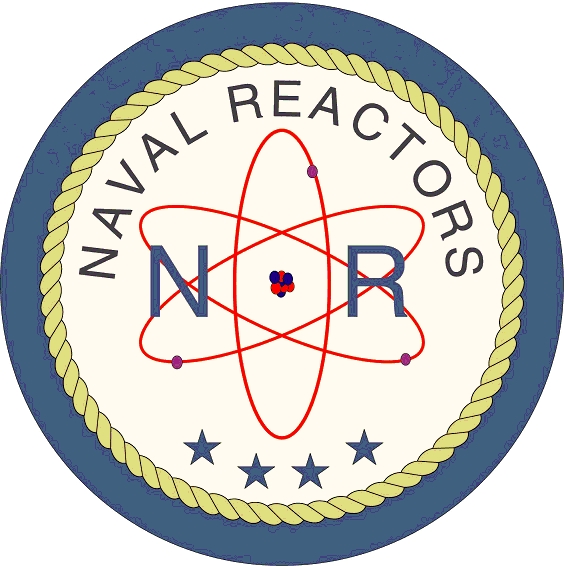
Radioactive Waste 842 – U.S. Navy Developing Special Security Caboose For Rail Shipments of Spent Nuclear Fuel – Part 3 of 3 Parts
-
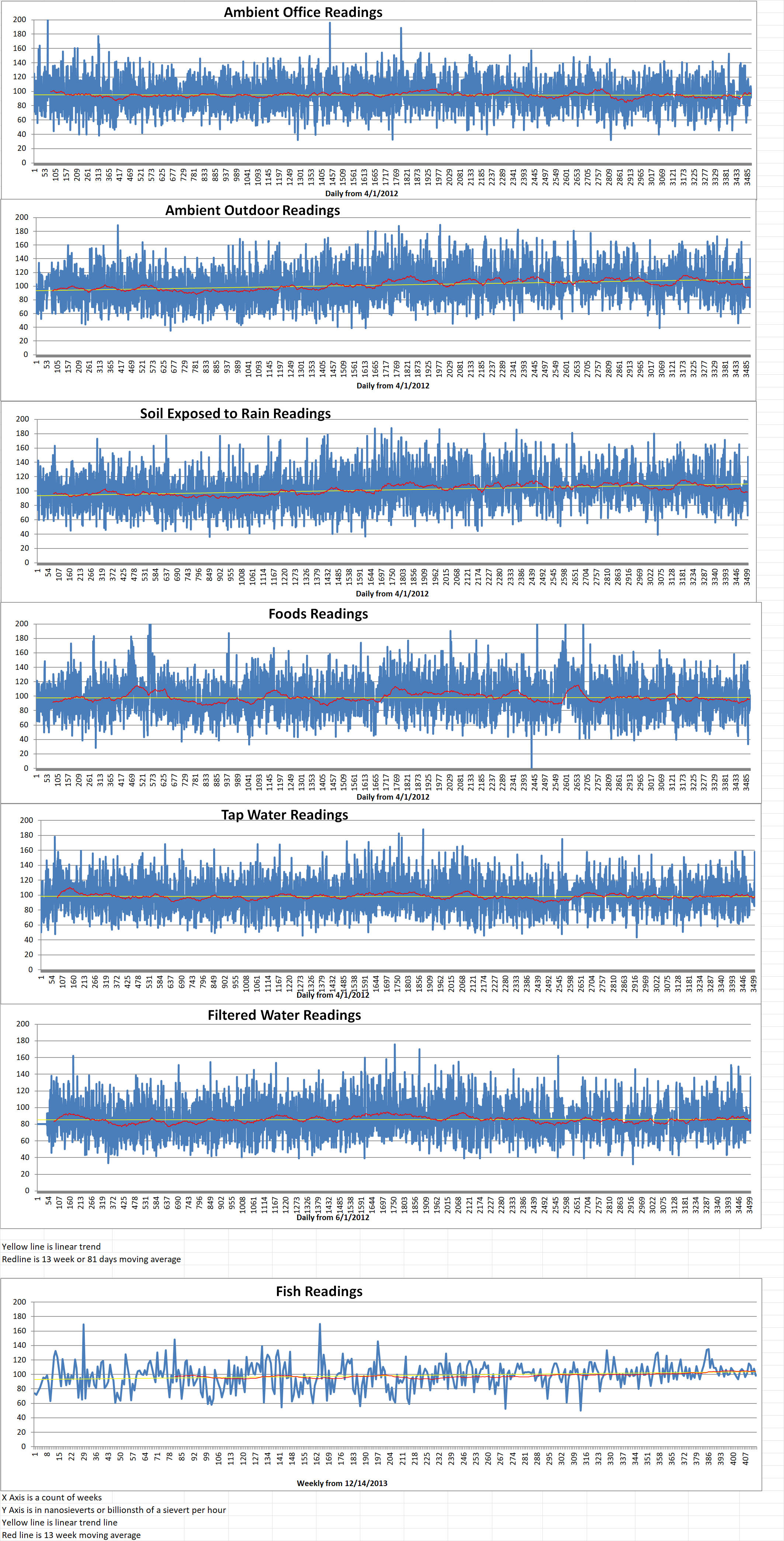
Geiger Readings for Feb 02, 2022
Ambient office = 93 nanosieverts per hour
Ambient outside = 140 nanosieverts per hour
Soil exposed to rain water = 148 nanosieverts per hour
Blueberry from Central Market = 101 nanosieverts per hour
Tap water = 158 nanosieverts per hour
Filter water = 136 nanosieverts per hour
-
Nuclear News Roundup Feb 02, 2022
Governor introduces legislation to spur ‘micro’ nuclear reactors in state anchoragepress.com
Caught between Macron and his coalition: Scholz and nuclear euobserver.com
Taiwan to ‘adjust’ Japanese food import curbs related to 2011 nuclear disaster channelnewsasia.com
Exelon Corp completes split for nuclear hydrogen fuel production hydrogenfuelnews.com
-
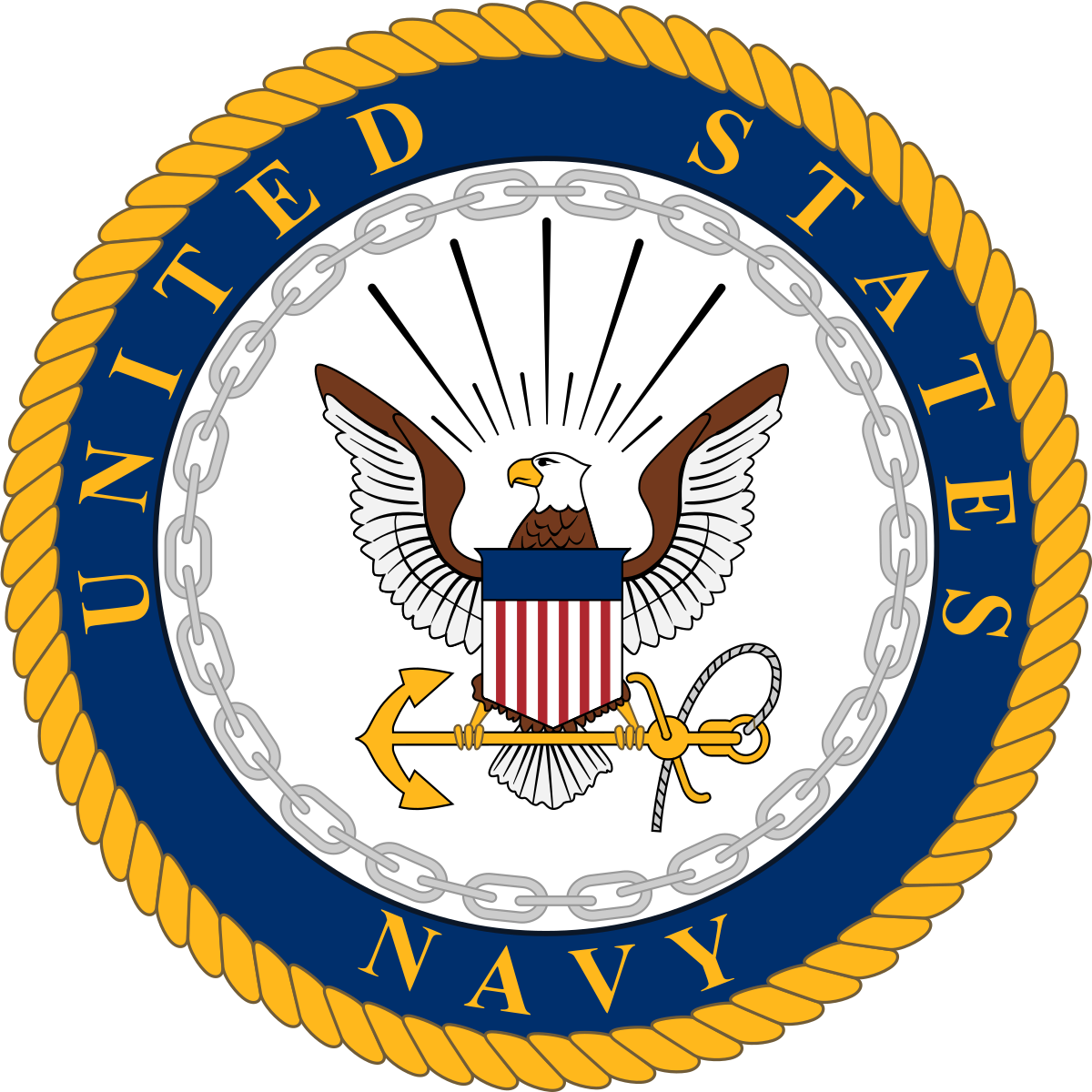
Radioactive Waste 841 – U.S. Navy Developing Special Security Caboose For Rail Shipments of Spent Nuclear Fuel – Part 2 of 3 Parts
Part 2 of 3 Parts (Please read Part 1 first)
Once the REV is deployed after testing, it will hold a complement of specially trained security personnel. The car will provide “a comfortable living and working environment,” for trips that can span thousands of miles. One example would be the route from Portsmouth, Maine, Naval Shipyards to Idaho. The solid REV has no windows except for small slots described as firing ports. The REV is about seventy feet long and weights one hundred and eighty-five thousand pounds when full loaded. The total estimated cost of the REV has not yet been released but the DoE contributed ten million dollars to its development. Ultimately, the Navy has plans to procure five of the new railcars. The DoE will buy its own similarly designed escort railcars for commercial shipments of spent nuclear fuel.
Smith has confirmed that the Navy waste shipments will be accompanied by “Navy personnel that are specially trained, armed, and have access to extensive and redundant communications capabilities.” He did not specify what rating these Naval personnel have or what weapons they would carry aboard the REV. He did mention that the security regulations attached to the REV limited what he could say about some aspects of the operation of the new caboose.
Patrick Schwab is the Atlas project manager for DoE’s Office of Nuclear Energy. Last January he said, “The REV is the last piece of the puzzle in completing a railcar system to safely transport the nation’s spent nuclear fuel. This project is a prime example of the great collaboration between DOE and the Navy and will further serve the nation’s naval nuclear propulsion program, as well as our civilian reactors which currently supply more than half of our nation’s clean energy.”
The U.S. Navy has over one hundred nuclear reactors. Most of these reactors are used to provide power to the Navy’s fleet of carriers and submarines. Nuclear reactor cores are a long-lasting, zero carbon emission energy source. The Navy is proud of its perfect safety record to date in its employment of nuclear propulsion. Other countries have had disastrous accidents with their nuclear submarines including Canada and Russia. Russia sank a damaged nuclear submarine with its nuclear core onboard in the Barents Sea.
However, when nuclear fuel is spent, the necessary disposal process is both delicate and time consuming. The nuclear fuel in a Nimitz-class aircraft carrier lasts about twenty-five years which is about half of the service life of a U.S. carrier. The nuclear core in an attack submarine can last between twenty and thirty years. It is expected to last for the entire service life of a nuclear submarine.
A brief from the Naval Nuclear Propulsion Program says that “The first nuclear-powered submarine, USS NAUTILUS (SSN 571), was refueled after her first two years of operation having steamed about 62,000 miles. Today’s nuclear-powered attack submarine will not require refueling during its 33-year life and will steam over one million miles.”
Please read Part 3 next -
Nuclear News Roundup Feb 01, 2022
In phone call, Bennett and Biden discuss ‘steps to block Iranian nuclear program’ timesofisrael.com
US believes Russia plans nuclear exercise to warn west over Ukraine ft.com
Duke Energy: Officials investigating “unusual event” at Oconee Nuclear Station foxcarolina.com
Unique fuel facility restarts fabrication world-nuclear-news.org
-
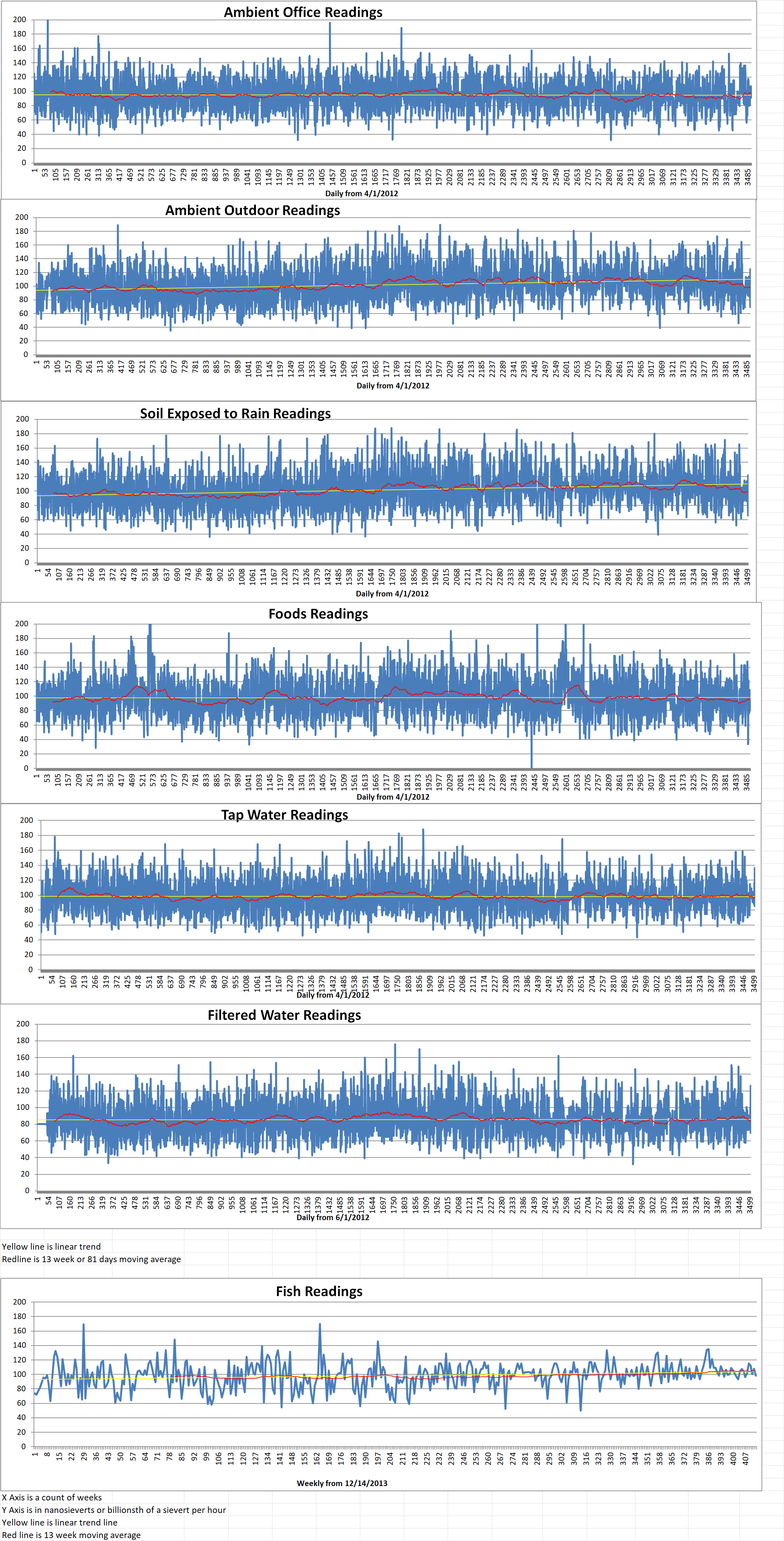
Geiger Readings for Feb 01, 2022
Ambient office = 91 nanosieverts per hour
Ambient outside = 125 nanosieverts per hour
Soil exposed to rain water = 122 nanosieverts per hour
Avocado from Central Market = 93 nanosieverts per hour
Tap water = 136 nanosieverts per hour
Filter water = 126 nanosieverts per hour
-

Radioactive Waste 840 – U.S. Navy Developing Special Security Caboose For Rail Shipments of Spent Nuclear Fuel – Part 1 of 3 Parts
Part 1 of 3 Parts
Train robberies were the bane of railways in the Old West. Gangs of armed thieves chased and boarded trains to steal gold. Such criminal activity has vanished along with other symbols of the Old West. However, although the train robbers have vanished, there are still highly sensitive cargos being shipped by train that require heavy-duty, specialized protection.
The U.S. Navy is well known for aircraft carriers, submarines and fighter jets but is now adding a new armored train to its fleet of ships, planes and vehicles. This train is being developed to protect shipments of radioactive waste and house mission-relevel security personnel.
The Rail Escort Vehicle (REV) is a collaboration between the Navy and the U.S. Department of Energy (DoE). A prototype of the caboose left its assembly site at Vigor Industrial in Portland, Oregon this month and traveled to a testing location at the Transportation Technology Center (TTC) in Pueblo, Colorado. At the TTC, the REV will undergo a final series of tests. It is expected to enter service as soon as 2024. The REV will be attached to the DoE new Atlas railcar which was built to hold hundreds of tons of spent nuclear fuel. The trains will carry spent nuclear fuel rods from shipyards and propulsion facilities on the East and West Coasts to the Naval Reactor Facility in Idaho Falls, Idaho, for inspection and temporary storage before final disposal in dry casks in an underground geological repository.
The Atlas railcar is designed to carry up to seventeen different spent nuclear fuel containers that are called “dry casks” weighing between eighty two tons and two hundred ten tons each. The design for the new railcar included extensive dynamic computer modeling to simulate exactly how the railcar design would perform with different railcar components, different container attachment mechanisms and different contain weights.
Many details about the new caboose are classified, of course. But the DoE says it will provide “enhanced security, communication and surveillance capabilities,” when compared with the smaller yellow escort cabooses currently used for the mission.
Lee Smith is a spokesperson for the Navy Nuclear Propulsion Program (NNPP). He said that the final two-year phase of testing will involve multiple train cars. The tests will demonstrate compliance of the REV with the Association of American Railroads’ S-2043 regulation. This regulation governs the transport of radioactive material by rail.
Smith said in an email that “As part of multiple-car testing, these railcars will be coupled together in a prototypic train setup and tested together. The majority of multiple-car testing will occur on closed test track loops at the Transportation Technology Center near Pueblo, CO but will also include testing on commercial rail track, culminating in a DOE demonstration run. The specific sequence and timing of multiple-car testing is currently being finalized.”
According to Smith, tests that have already been completed include demonstration for each railcar design. These include a “cask” car to actually carry the nuclear waste and a “buffer” car to accompany and protect the cask car.
Please read Part 2 Next -
Nuclear News Roundup Jan 31, 2022
National labs hold summit to tackle climate goals world-nuclear-news.org
European Commission presents text of nuclear and gas CDA world-nuclear-news.org
Russia proposed interim nuclear deal to Iran, with U.S. knowledge, sources say nbcnews.com
U.S. restores Iran sanctions waiver as deadline for nuclear deal looms nbcnews.com
-
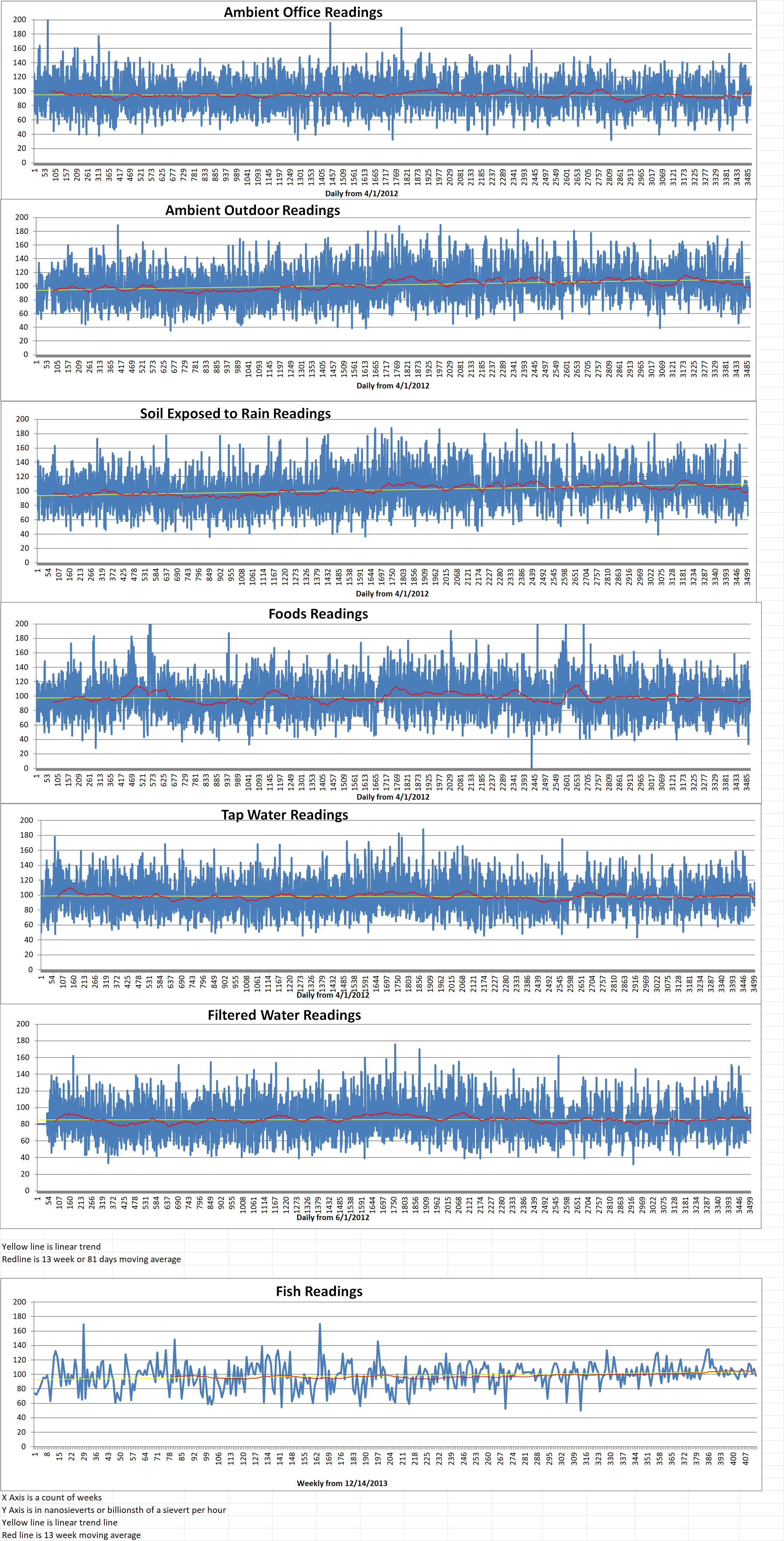
Geiger Readings for Jan 31, 2022
Ambient office = 100 nanosieverts per hour
Ambient outside = 70 nanosieverts per hour
Soil exposed to rain water = 66 nanosieverts per hour
Organic Avocado from Central Market = 86 nanosieverts per hour
Tap water = 85 nanosieverts per hour
Filter water = 70 nanosieverts per hour
-
Nuclear News Roundup Jan 30, 2022
New method for decontamination world-nuclear -news.org
Fieldwork completed in milestone for UAMPS SMR world-nuclearnews.org
Israeli PM, U.S. president hold phone talks on Iranian nuclear issue English.news.cn
Bill to ban spent nuclear fuel storage in N.M. advances santefenewmexican.com
